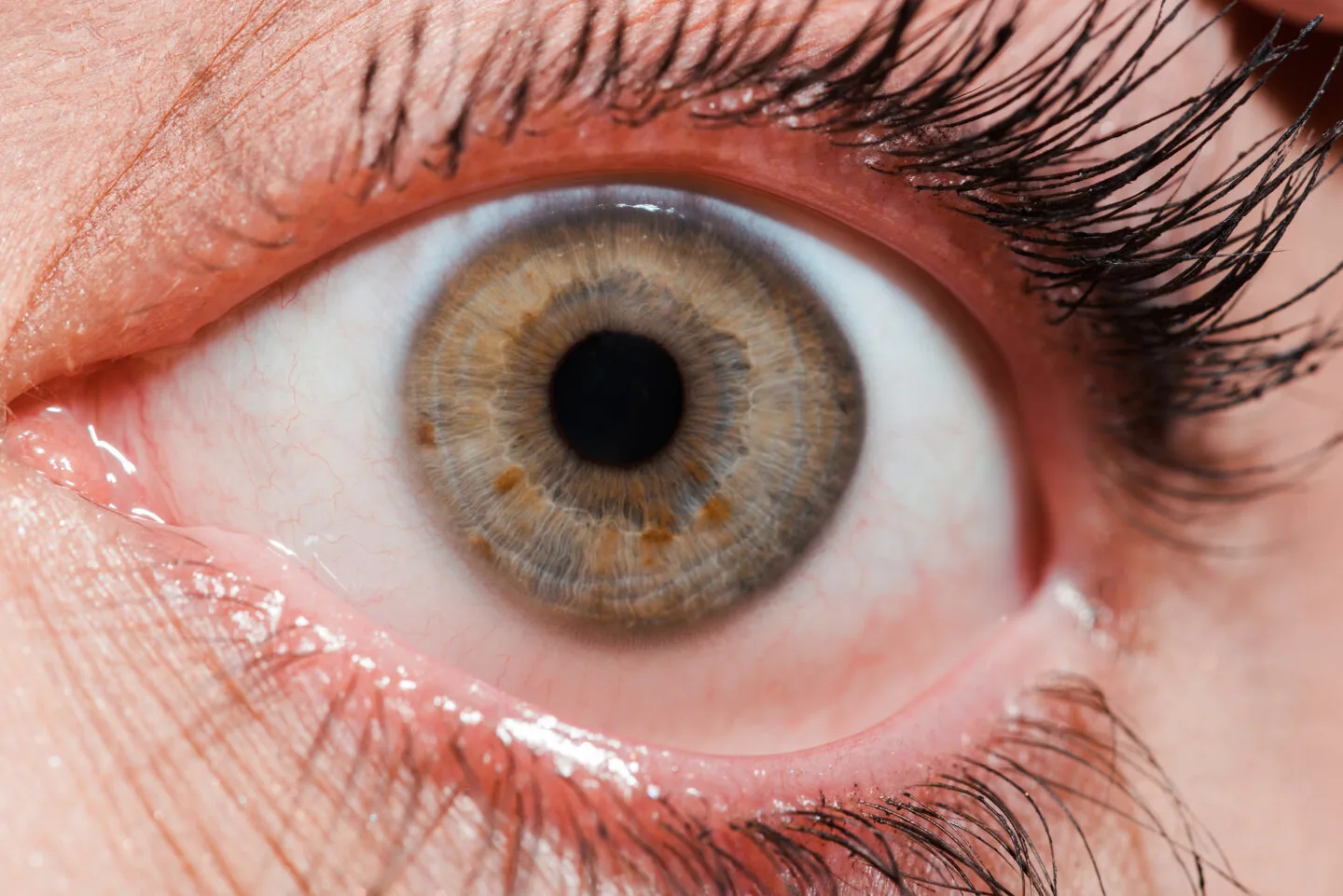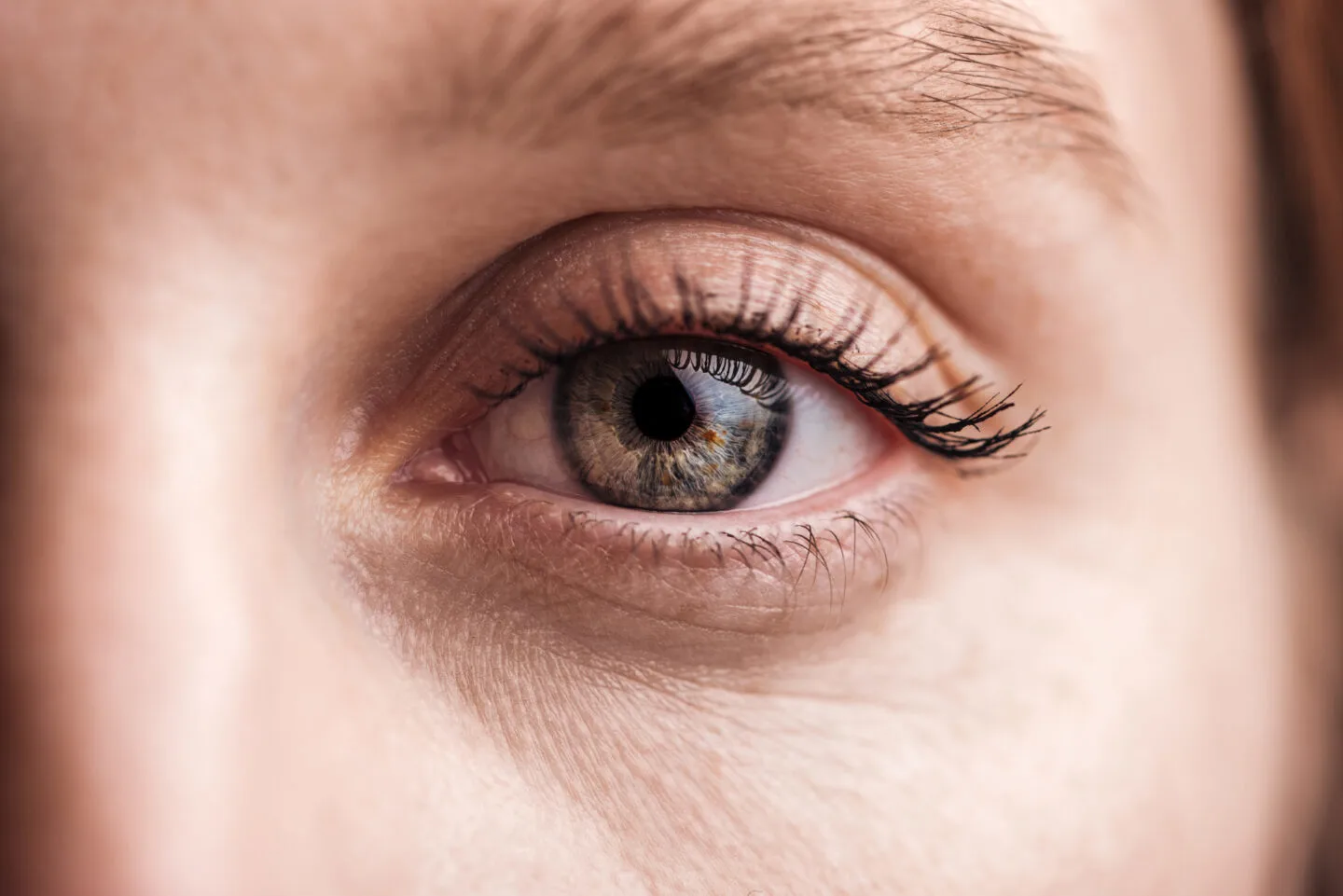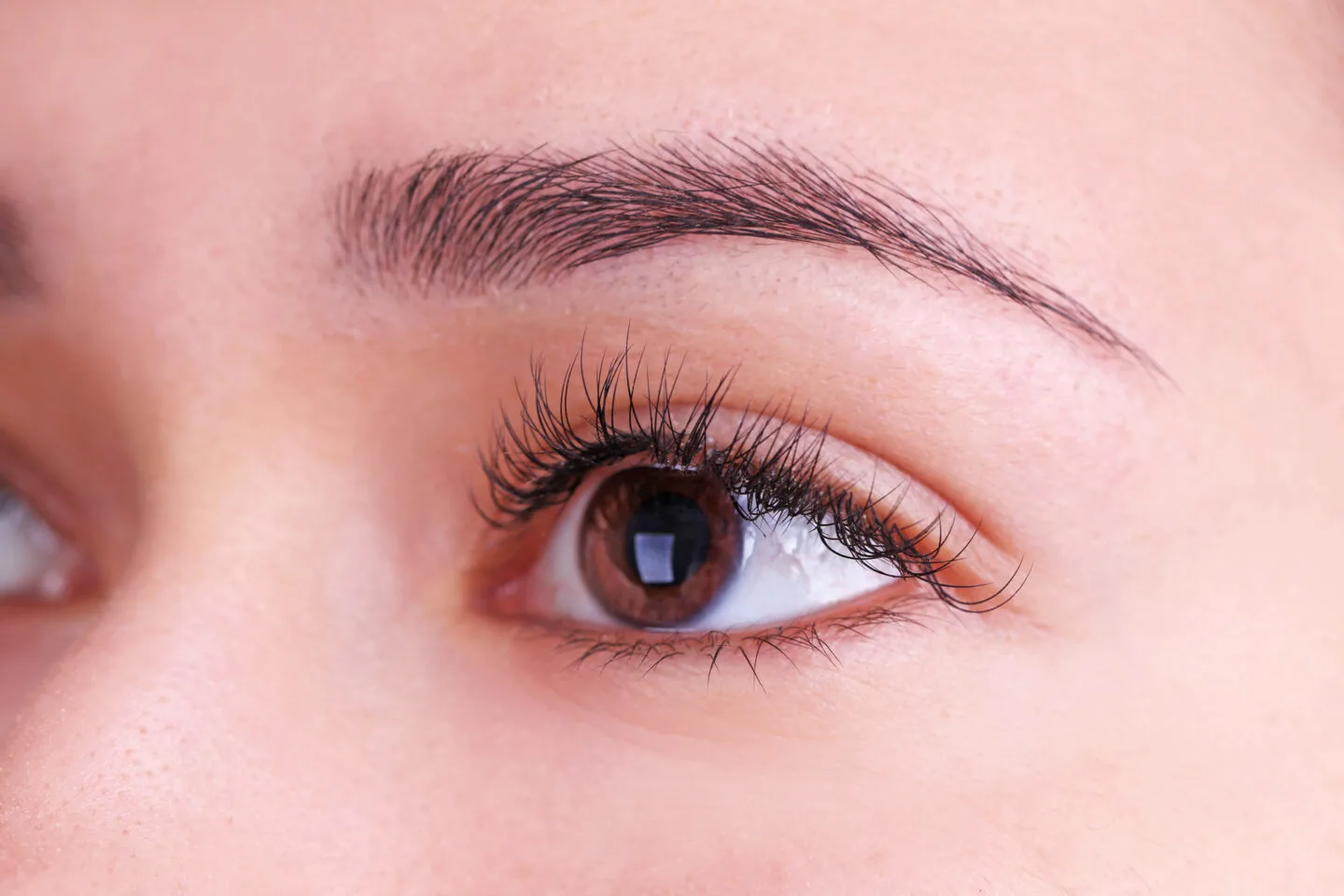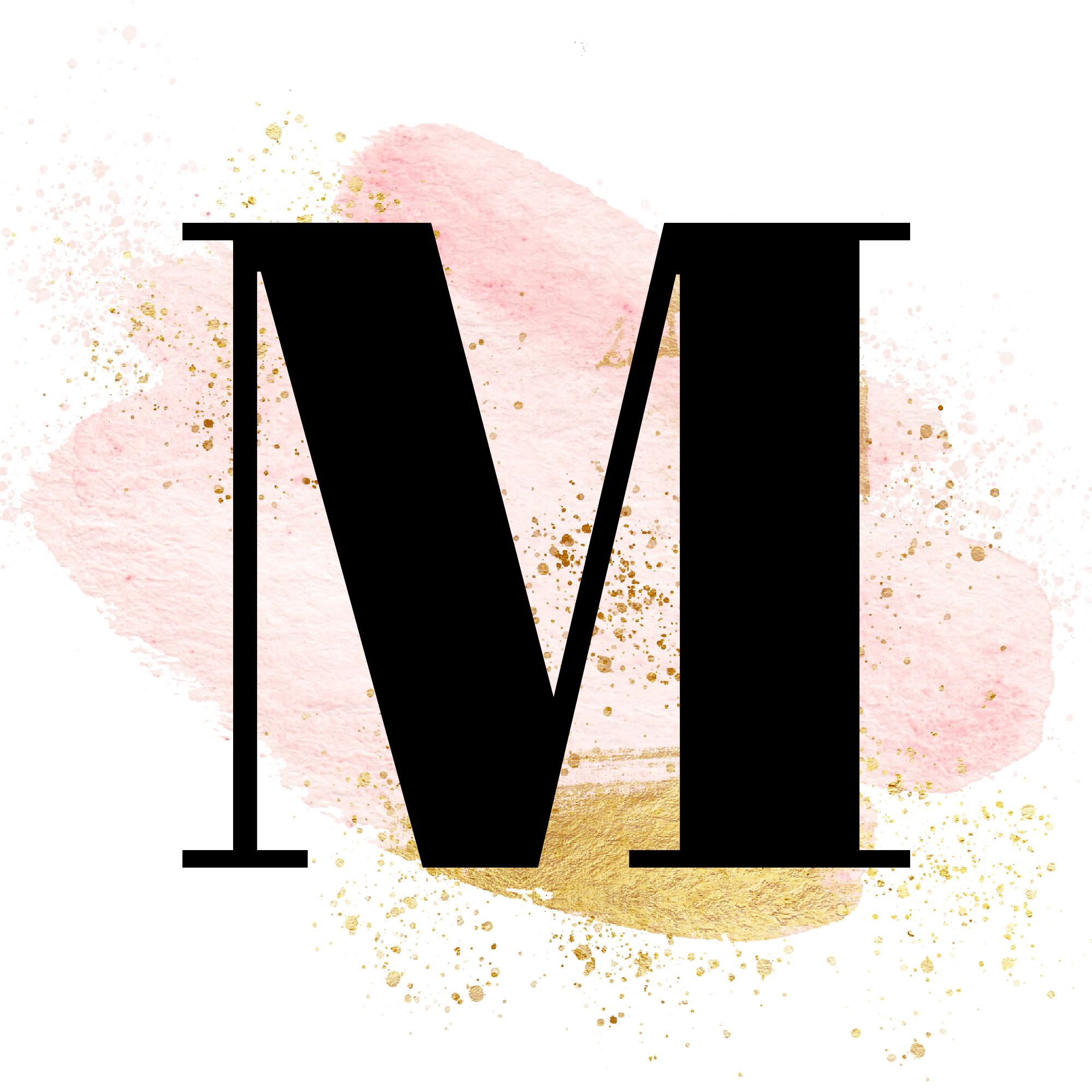If you’ve ever had an ingrown eyelash, you know how annoying and uncomfortable they can be.
An ingrown eyelash is when the lash grows back into the skin instead of outwards. This can cause irritation, redness, and even pain.
Luckily, there are a few things you can do at home to help relieve the discomfort, and make your ingrown lash disappear. Keep on reading for some ingrown eyelash home remedy tips…

What is an ingrown eyelash?
An ingrown eyelash is a condition in which an eyelash grows sideways or back into the skin of the eyelid. It can cause itchiness, redness, and even pain.
While it may not seem like a big issue, an ingrown eyelash can lead to much more serious issues such as infections or sight loss.
It’s essential to understand the causes and symptoms of this condition to ensure proper care and management.
Ingrown eyelashes are usually caused by improper eyelash care.
Rubbing your eyes too vigorously, failing to remove all makeup at night, or using improper makeup application can all lead to an ingrown eyelash.
Other causes include injury to the eye, allergies, or having naturally curly or longer eyelashes.
Symptoms of an ingrown eyelash may range from mild irritation to more serious eye irritation, depending on the severity of the condition.
Common symptoms include: redness, itchiness, stinging, swelling, and the feeling of a foreign object in the eye.
Other symptoms may include pain, discharge from the eye, blurry vision, eyelid crusting, or even watery eyes.
Left untreated, an ingrown eyelash can result in infection and even sight loss.
So, if you think you may be suffering from this condition, be sure to consult your ophthalmologist or optometrist right away, for effective treatment.
What are the causes of ingrown eyelashes?
Ingrown eyelashes, or trichiasis, are caused by an abnormally curved lash rubbing against the cornea of the eye.
It occurs when the lash grows inward instead of outward, with the tip touching or poking at the eyeball surface.
This can be uncomfortable and cause irritation and even vision problems if left untreated.
The most common cause is trauma to the eyelids, such as squeezing them too tightly during mascara application or wearing makeup that irritates the delicate skin around them.
Sometimes genetics can be a factor in developing ingrown lashes; some people have natural curvature to their lashes, making them more likely to grow inwards.
Other potential causes include blepharitis (eyelid infection), foreign bodies present in the eyelid, diseases affecting follicles causing misdirection of growth.
Or skin disorders like lichen planus triggered by allergies, so you need to see an eye doctor, to help alleviate those symptoms.

What are the ingrown eyelash symptoms?
While there are many ways to tell if you have an ingrown lash on your upper eyelid or lower eyelid.
The most common signs include redness, irritation, itching and swelling around one or both eyes.
You may also experience watering or discharge from the affected eye.
Some people find that they have difficulty opening their eyes or notice that one eyelid is drooping more than the other.
If you suspect you might have an ingrown eyelash growth, it’s important to visit an optometrist or an ophthalmologist right away.
As they can determine if this is the case and offer a treatment plan.
During an examination, your eye doctor will use various tools to inspect your eyelids.
This may include using a microscope or magnifying lens to take a closer look at the affected area.
At home, you can also inspect your eyelashes using a magnifying mirror and look for any curled or turned in lashes.
If treated promptly, most cases of ingrown eyelash can have a treatment option plan, to help fix the ingrown lash.
How to treat an ingrown eyelash?
You should never attempt to pluck out the ingrown eyelash, as this could lead to further infection or damage.
Instead, you should start by washing your hands and then gently wiping clean the area around your eye with diluted baby shampoo or a mild wash designed for sensitive skin.
Many people find it helpful to cover their eyes with warm compresses for 15–20 minutes, several times a day, until symptoms improve.
This helps soften the eyelash, allowing for easier removal.
You may also be able to use tweezers after applying additional warm compresses first so that the lash comes out more easily without damaging surrounding tissues.
When do you know if your ingrown lash needs medical attention?
When do you know if your ingrown lash needs medical attention?
If you have ever had an ingrown eyelash, you know how annoying and painful they can be.
However, most ingrown lashes will eventually work their way out on their own.
There are a few cases, however, when an ingrown lash may need medical attention.
If the eyelash is embedded deeply in the skin or if it is causing swelling, redness, or discharge, it is best to see a doctor.
In addition, if you have any doubts about whether an eyelash is ingrown, it is always better to err on the side of caution and seek medical advice.
By taking these simple precautions, you can help ensure that your ingrown lash does not become a serious problem.
Is a stye the same thing as an ingrown eyelash?
A stye is a common eye condition that can be painful and unsightly.
It occurs when a hair follicle or sebaceous gland becomes infected, resulting in a red, swollen bump on the eyelid.
While a stye can be caused by an ingrown eyelash, the two conditions are not the same.
An ingrown eyelash is simply a hair that has grown into the skin instead of out of it.
This can happen when the lashes are trimmed too short or if they are not cleaned properly.
While an ingrown eyelash does not typically cause any pain or discomfort, it can lead to inflammation and infection if left untreated.
A stye is always painful and often causes swelling and redness around the affected eye.
If you suspect you have a stye, it is important to seek medical treatment as soon as possible to avoid further complications.

Can you pull the eyelash out of the stye?
In general, it’s best to leave a stye alone until it goes away on its own. resist the urge to pop or squeeze it, as this can cause the infection to spread.
However, there are a few things you can do to help relieve the pain and speed up the healing process.
For example, you can apply a warm compress to the affected area for 10–15 minutes several times a day.
This will help to reduce inflammation and draw the pus out of the stye.
You can also gently massage the area around the stye to encourage drainage.
If your stye does not improve after a week or two, see your doctor for treatment.
They may prescribe antibiotics or recommend surgery to drain the abscess.
In rare cases, a stye can lead to serious complications, such as vision loss, so it’s important to get medical help if you are experiencing severe pain or your stye is not improving.
Can bad eye care cause trichiasis?
Yes, bad eye care can cause trichiasis. Trichiasis is a condition where eyelashes turn inwards, and scratch against the cornea of the eye.
This can cause severe irritation and damage to vision.
Poor hygiene habits, such as inadequate washing of eyes or face, not changing contact lenses frequently enough.
Wearing contacts too long nor replacing them with prescribed frequency can lead to infections like conjunctivitis, which in turn increases the risk of trichiasis.
People who do not wear proper protective eyewear with UV protection while outdoors may also be at an increased risk for developing trichiasis due to damage from sunlight exposure.
Trichiasis treatment is essential, to treat what causes ingrown eyelashes for the eye and eyelid.
Ingrown eyelash home remedy tips
The most common symptom of an ingrown eyelash is irritation in the corner of the eye.
To help relieve this, try using warm compresses on the affected area several times each day to reduce swelling and promote healing.
Make sure that you use a clean cloth for every application, as reusing a cloth increases the risk of infection.
If you find yourself experiencing significant pain, consider taking non-steroidal anti-inflammatory drugs (NSAIDs).
Such as ibuprofen or aspirin to bring down inflammation of the ingrown eyelash follicle, and ease your discomfort.
A saline solution or eye drops can also be applied directly to the affected area with a cotton pad each day after washing your face with soap and water to remove dirt and debris which can cause further irritation.
This will help rinse away any bacteria or irritated skin cells fast, which may worsen the condition if left there too long.
To prevent ingrown hair follicles from occurring again, make sure that you are gentle when cleaning around your eyes with makeup removers.
And that you do not rub too hard when applying moisturizers or creams in this sensitive area as well.
If these measures don’t work, then speak with a doctor about other remedies such as antibiotic drops, steroidal drops, light emission therapy (laser hair removal) surgery, to remove the problem hair.
Or even electrolysis, depending on how severe your case is. But these tips should help when you have a situation that caused your eyelashes to grow in an ingrown fashion.

If you remove an ingrown eyelash, will ingrown eyelashes grow back?
Removing an ingrown eyelash is a delicate process, and if you decide to remove the eyelash, it should only be done by a qualified ophthalmologist.
It is not recommended to try removing the lash at home because it can cause further irritation or infection.
In some cases, the ingrown lashes can grow back after they have been removed.
After removal, you may experience increased sensitivity and swelling around your eye, as well as occasional redness or stinging sensations.
It is important to take proper care of your eye following removal of an ingrown lash.
Make sure you regularly cleanse the area with warm water and apply a light cream moisturizer to keep that area hydrated for smoother healing.
To reduce any potential risk of infection, make sure you use sterilized tweezers when plucking any stray hairs from around your eyes in the future.
Also, applying a cool compress on the affected area will help reduce irritation levels and provide relief from discomfort after the procedure.
Although it may be tempting to try removing an ingrown eyelash yourself at home, this is never advised since doing so carries too many risks without enough benefit in return.
If you find yourself suffering from persistent ingrown eyelashes, better consulting a professional is advised rather than attempting anything on your own.
Summary
Ingrown eyelashes can be very uncomfortable and even cause pain.
They occur when the lash grows inward instead of outward, causing irritation and inflammation around the eye.
Common symptoms include redness, itching, swelling, and a feeling of something foreign in the eye.
Fortunately, there are a few simple home remedies, and proper treatment that can help soothe the irritation and promote healing, for when you have an upper or lower ingrown eyelash.
These include applying warm compresses to the affected area, using tea tree oil, gently cleaning with a mild soap or wash, and avoiding tugging or pulling at the eyelash.
If these home remedies do not improve your condition after several days, you should seek medical attention to ensure proper care and management of your ingrown lash before it causes any further damage such as infection or sight loss.

Hi, my name is Gemma, and I’m the owner of MakeupMuddle.com. I’m a true beauty obsessive, and love writing about anything to do with beauty – I have been a beauty writer since 2012.
